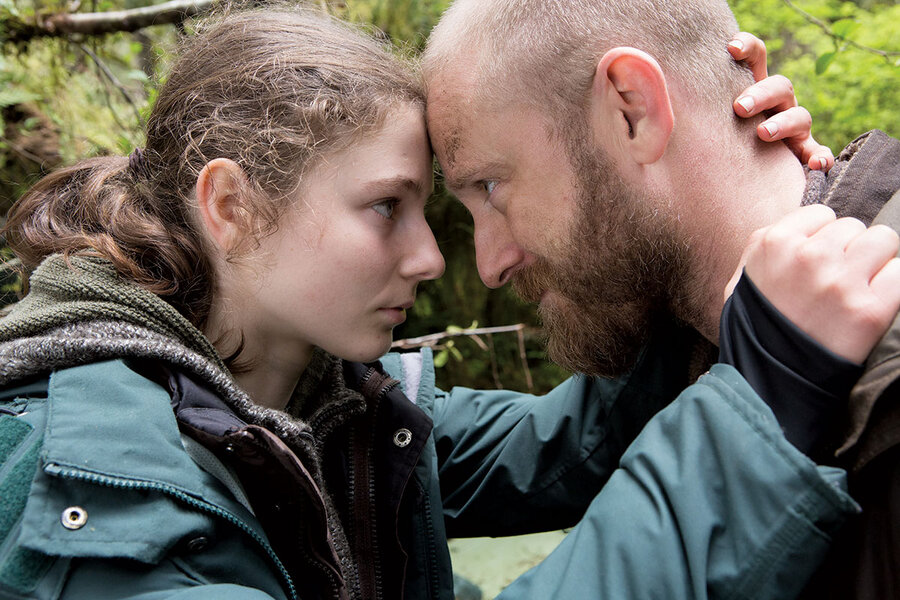'Leave No Trace' shows empathy for those on the fringes of society
Loading...
“Leave No Trace” opens with Will (Ben Foster) and his 13-year-old daughter, Tom (Thomasin Harcourt McKenzie), making their way through a woodsy, overgrown enclave. It all seems innocent enough, but there’s a wariness to their movements that hints at something more urgent. It’s not long before we realize they are not weekenders communing with nature. Will is a war veteran and widower with post-traumatic stress disorder who has been living undercover with Tom in a large public nature preserve in Portland, Ore.
The director, Debra Granik, who also co-wrote the script with Anne Rosellini based on the 2009 novel “My Abandonment,” by Peter Rock, has a keen empathy for people living on the fringes of “respectable” society. Her remarkable, too-little-seen first feature-length film, “Down to the Bone,” starred an extraordinary Vera Farmiga as a cocaine-addicted mother. “Winter’s Bone” featured Jennifer Lawrence in a breakout performance as the oldest of three siblings attempting to track down her drug-dealing father in the backwoods of Missouri. Granik’s most recent film was the 2014 documentary “Stray Dog,” also too-little-seen, about a burly, gregarious Vietnam veteran and biker, Ronnie “Stray Dog” Hall, who regularly congregates with other vets, many of them with PTSD, and has a fondness for small pooches.
In its probingness and choice of subject, “Leave No Trace” comes across like a compendium of Granik’s work to date. It’s very difficult to present scripted material as if it were caught on the fly, documentary-style, and her success here is a tribute to her uncoercive honesty as a filmmaker. It’s clear from watching “Leave No Trace” that these are people, and this is a story, that Granik cares deeply about. It’s rarer than you think to watch a movie in which this is the case.
Much of the movie, especially in the early, woodsy section, is essentially wordless. The connection between Will and Tom is practically kinesthetic. They answer to no one but themselves. Tom loves her father almost unconditionally, and that love is returned. She knows, without having to articulate it, that he is damaged, but she also sees him as her guiding light. We are never made to feel that Tom is in any way psychologically abused or that Will is a time bomb waiting to explode. The movie never goes melodramatic on us, and even though this produces a certain sameness in the way the story plays out, it’s far preferable to the hothouse high jinks that most directors would have indulged in with the same material.
Early on, Tom and Will are caught in the park and brought by social services into a small rural community where Will works as a laborer on a Christmas tree farm and dutifully attends church with his daughter. By necessity, he opens up a crack, but he is always on the lookout for an escape route. You can see it in his eyes.
Tom, however, tasting her first young adult experiences in friendly territory, loses her desire to once again hit the road. She makes friends with grown-ups and with boys her own age; she takes part in beekeeping and pet rabbit competitions. Granik presents this grange and trailer park culture without a trace of condescension. She makes you understand why Tom would want to create a new life for herself and yet not leave her father behind.
The film ultimately hinges on the emotional connection between Will and Tom, and so it’s a gift that the two lead performances are so lived-in. Foster is more tamped down here than in his other films but, for the most part, his power isn’t dissipated, just contained. McKenzie matches him, with eyes that are equally expressive. Everybody connected to this movie appears to be operating on the same wavelength: They want to do justice to the lives of the people that we see. To a remarkable degree, they do. Grade: B+ (Rated PG for thematic material throughout.)







